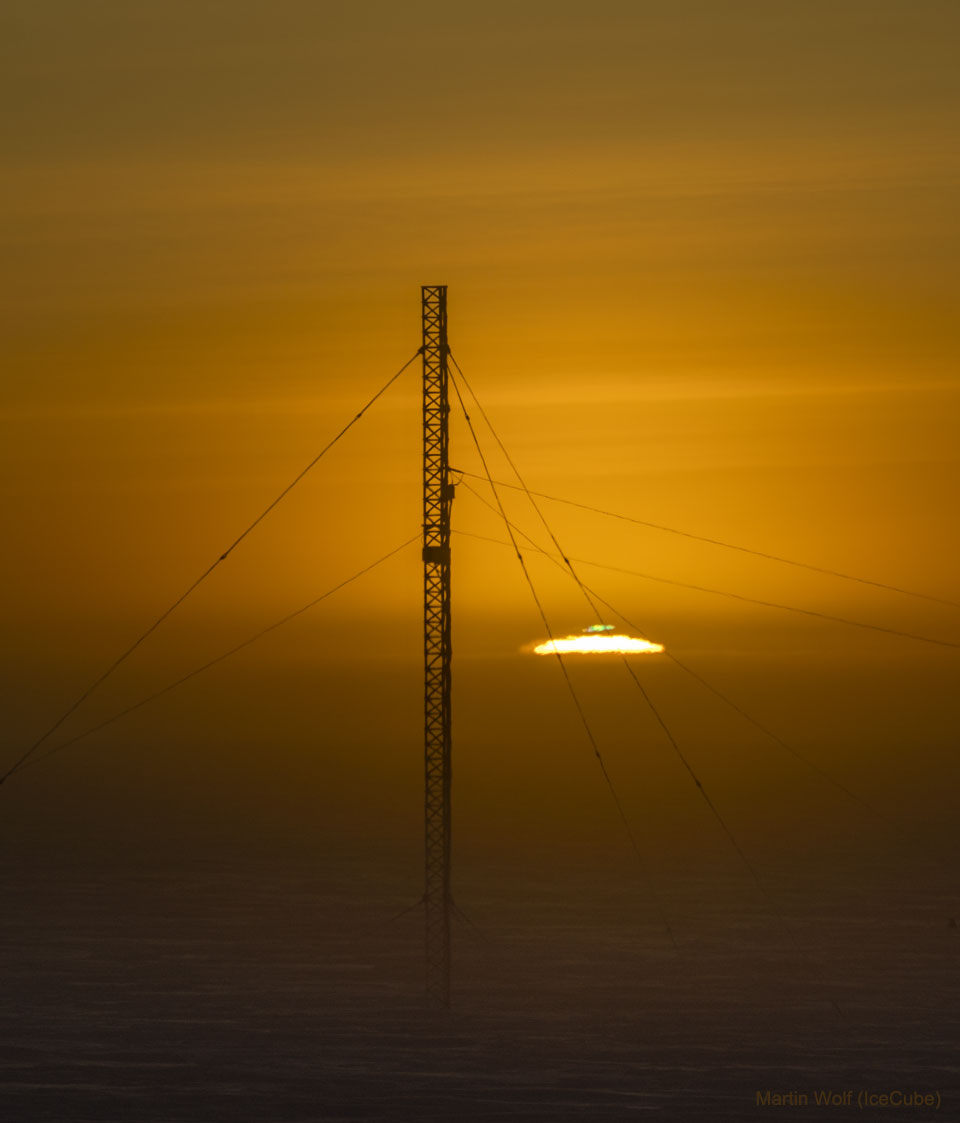RJN wrote: ↑Tue Oct 05, 2021 8:55 pm
In response to a valid criticism of the APOD explanation on APOD's Facebook mirror by Paul Schlyter, the text of the main NASA APOD has changed the wording "just minutes" to "hours". In this context, sunrise times include twilights like, for example, astronomical twilight.
This type of confusion is usually caused by
vague definitions that we have to make. Popular science in nature has this
reductionist behavior, otherwise, even if you just multiply two numbers, half of the people stop reading the rest. We have a similar situation with the definition of "sunrise" and "minutes/hours/weeks" here. Let's dig this a bit considering his valuable comment.
First of all, even I'm the type of person who likes the theoretical ways more, let's go with
Stellarium and see what happens. When we do that for Sept 23, we see that Sun rises
around 20 degrees per day -- it reaches 5 degrees around 13 days. Note that
I'm still being vague by saying around, but I'm reducing the margin of error here. In this time interval, for 40 degrees latitude it takes around 30 mins --oops said around again!
Now let's turn back to his comment. His logic was there is a 1/365 ratio between these, but obviously, there is not, because of the assumptions made. Although that was a good first approximation, we see that for reaching 5 degrees there is a much more difference. 13 days is basically 13*24*2= 624 in terms of 30 minutes (each day has 24 hours so 24*2 30 mins). And weeks/hours is not an actual value, but an estimation. Also the sunrise. If you say 4 degrees or 7 degrees the results will change dramatically.
In conclusion, comparing his calculation and its margin of error to the previous text, there is not much of a difference. But as opposed to the claim, APOD changes its text when there is a valid criticism. In this case, it was the confusion it might possibly create, even though the results didn't change much.
For people who are enthusiastic about this, I suggest considering weeks as 2 weeks and 3 weeks or 1.5 weeks to see the difference. If you want to go even further make it two variables and change the sunrise definition too. When you have such inaccurate --or let's say vague-- definition, your margin of error will be so large that you can't be wrong. Or you will be wrong and correct at the same time!
From a scientific perspective, after spending more than 7 years on public outreach I can confirm that almost no one will remember that minute/hour/week detail.
What people remember will be that there is a huge difference! If the physics is satisfied and makes sense, there should be no problem. And yes, we even do this for convenience in physics too.
 Sunrise at the South Pole
Sunrise at the South Pole

